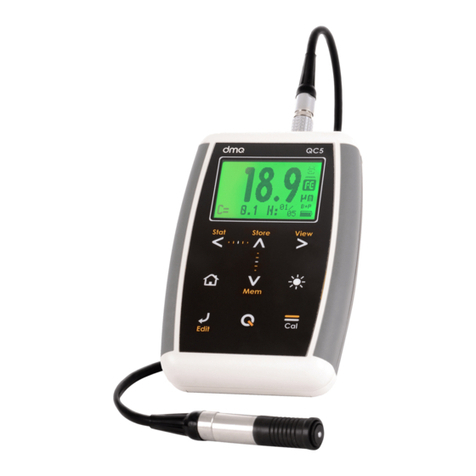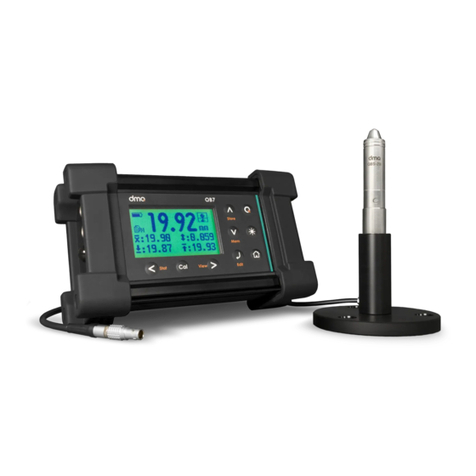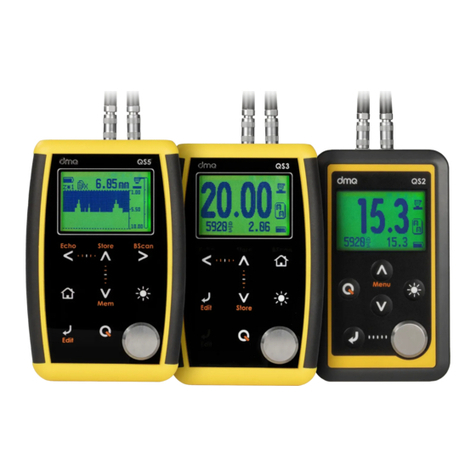
VI
In ultrasonic testing information is obtained from measuring sound
waves. Users must be very careful when making assumptions in
regards to the entire test piece condition when there are areas that
have not been inspected. In large and massive test pieces it would be
practically impossible to test the entire piece and therefore conclusions
for the whole piece based solely on the areas that have actually been
inspected, should only be done by experienced operators. Only trained
users should evaluate test pieces that could present erosion and or
corrosion.
In order to minimize test result errors the following must be observed:
Before taking actual measurements the unit and transducer have to be
calibrated. Calibration of the transducer is also known as zero
calibration or delay calibration (Page 12). If the unit and transducer are
not calibrated, or calibrated incorrectly, the resulting measurements
will be unreliable. Each and every time a transducer is changed it must
be calibrated to the unit.
Because the sound velocities in materials will often vary significantly
from published values, best results are obtained when the instrument
is calibrated on a reference test block made from the same material as
that of the actual test piece. The block should be flat, of a smooth
finish, and be as thick as the maximum thickness of the test piece.
Careful consideration by the user must be made when evaluating the
accuracy of a thickness value because considerable changes in the
sound velocity of a material may have occurred as a result of a
treatment. So for example a test piece made of steel that has been
thermally treated, will look the same as a regular test piece made of
































